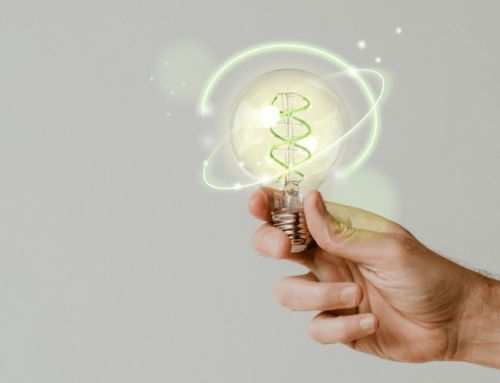Have you ever wondered how our homes went from candlelight and fireplaces to light switches and thermostats? The history of energy in modern homes is a fascinating story of invention, innovation, and everyday convenience. From the first gas lamps to the rise of smart homes, here’s how gas and electricity became essential parts of daily life.
Lighting the way: gas in homes
The use of gas in homes began in the early 19th century, and it originated from the need for lighting. In 1807, London became the first city to light its streets with gas, thanks to the efforts of engineer Frederick Winsor. By the 1820s, gas lighting had become a common feature in private homes in Europe and the United States, revolutionizing the way people lived after dark.
Initially, gas was primarily used for lighting chandeliers, wall sconces, and street lamps. However, by the late 1800s, gas stoves and gas-powered heating systems also began to appear in wealthier households.
The rise of electricity
While gas dominated the early 1800s, the evolution of electricity quickly changed the game.
The invention of the electric light bulb by Thomas Edison in 1879 was a turning point. Soon after, electric power stations began appearing in cities. The first commercial power plant in the U.S.—Pearl Street Station in New York City—went online in 1882.
Electricity offered cleaner, safer, and more convenient energy compared to gas. Over the next few decades, more households gained access to electric lighting, followed by electric irons, washing machines, refrigerators, and other appliances.
Gas and electricity: a shared future
By the mid-20th century, both gas and electricity had become common in homes—but for different reasons. Gas in homes was preferred for cooking and heating, thanks to its efficiency and lower cost. Electricity, on the other hand, powered lights and new appliances that made everyday chores more manageable.
Today, most modern homes use both forms of energy. According to the U.S. Energy Information Administration, approximately 58% of homes in the United States use natural gas for at least one significant activity, such as heating, water heating, or cooking.
Modern energy: from wire to wifi
In recent decades, home energy has undergone significant evolution. Today’s homes use energy more efficiently than ever, with smart thermostats, LED lighting, and high-efficiency appliances. Some households generate their power with solar panels or buy clean energy from suppliers like Spring Power & Gas, which supports carbon offsets and renewable energy certificates (RECs).
We’ve gone from coal-fired gas lamps to customizable lighting controlled by voice commands—and the future looks even brighter.
A story still to be written
The history of energy in homes is a story of progress, driven by the desire for comfort, safety, and sustainability. From the first flicker of a gas lamp to today’s smart homes, both gas and electricity have played vital roles in shaping how we live.
At Spring Power & Gas, we honor that legacy by offering energy solutions that meet today’s needs—and tomorrow’s goals. Learn more at www.springpowerandgas.us




